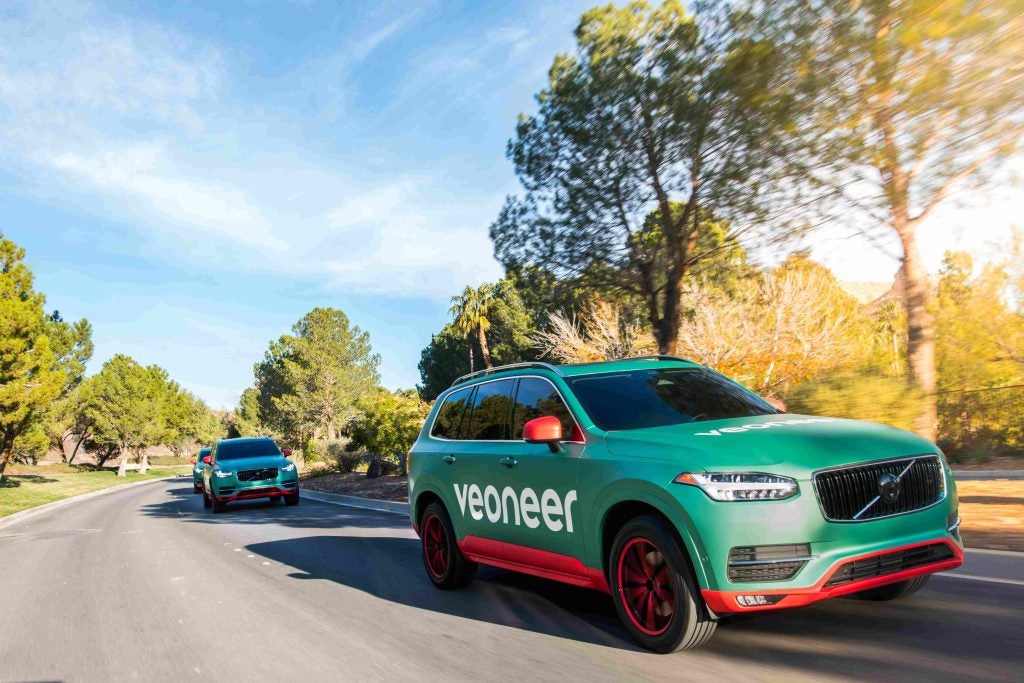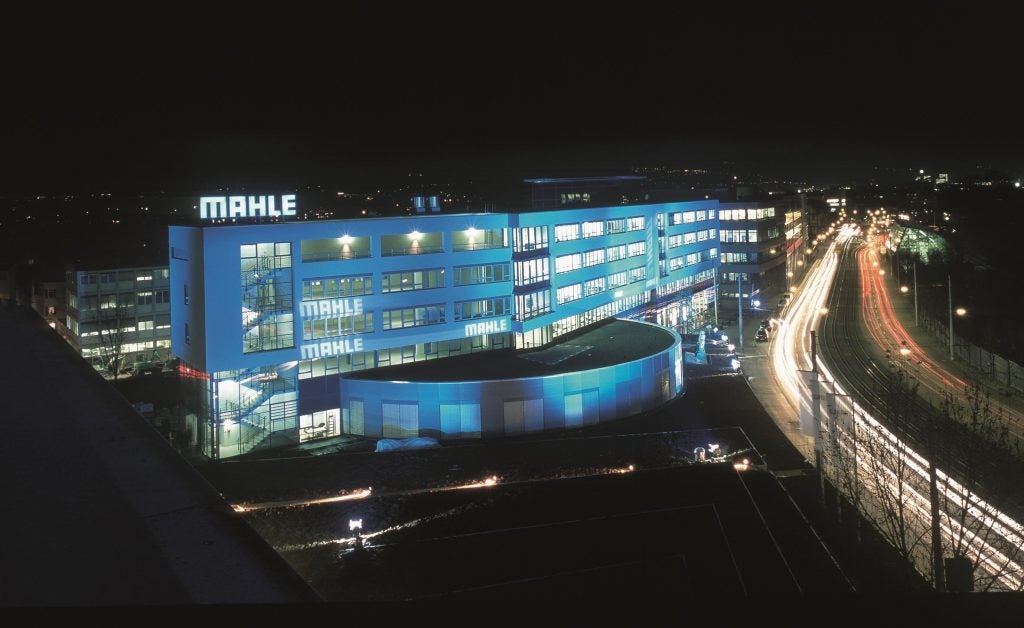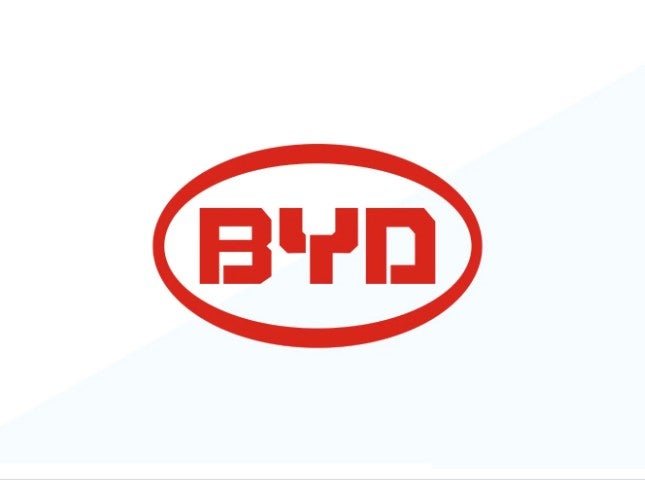The new Audi A3 launched in Geneva is the first car on the Volkswagen Group’s new MQB platform. It is going to underpin a vast range of cars, from the next Polo to a replacement Passat – plus various Audi, Skoda and Seat models – over the next few years.
The A3 also introduces a democratisation of Audi’s connectivity technology and, in fact, has elements that are a generation ahead of what is possible in the company’s flagship A8 saloon at this stage.
The MQB platform is also under VW’s second Cross Coupe concept, this time with a diesel-electric powertrain in contrast to the petrol-electric version revealed at the Tokyo show three months ago.
MQB, translated from German, stands for Modular Transverse Matrix, and it standardises many vehicle component parameters while making new technologies possible. It makes features from luxury cars affordable in those at less than half the price as well as making it easier to mount alternative drivetrains in exactly the same way as internal combustion engines and transmissions.
Without MQB, Volkswagen chairman Martin Winterkorn’s pledge to oversee a 30% reduction in the CO2 emissions of VW Group vehicles in the next few years, which will see the average VW’s emissions cut to under 120g/km by 2015, would be impossible to achieve.
“That promise is based on the MQB platform,” said VW head of vehicle concepts Christian Strube. “It even makes it possible to produce different models for different markets in one factory.”
How well do you really know your competitors?
Access the most comprehensive Company Profiles on the market, powered by GlobalData. Save hours of research. Gain competitive edge.

Thank you!
Your download email will arrive shortly
Not ready to buy yet? Download a free sample
We are confident about the unique quality of our Company Profiles. However, we want you to make the most beneficial decision for your business, so we offer a free sample that you can download by submitting the below form
By GlobalDataThe A3 is the first car to reap the benefits. It will go on sale in the UK in September with three reworked engines producing CO2 emissions from 99g/km, partly thanks to a reduction in weight of up to 80kg compared with the previous model.
But it is perhaps the car’s connectivity features that Audi is most proud of. It will be available with an A3-specific Bang & Olufsen audio system with navigation, mobile phone preparation with online services and real-time traffic information.







